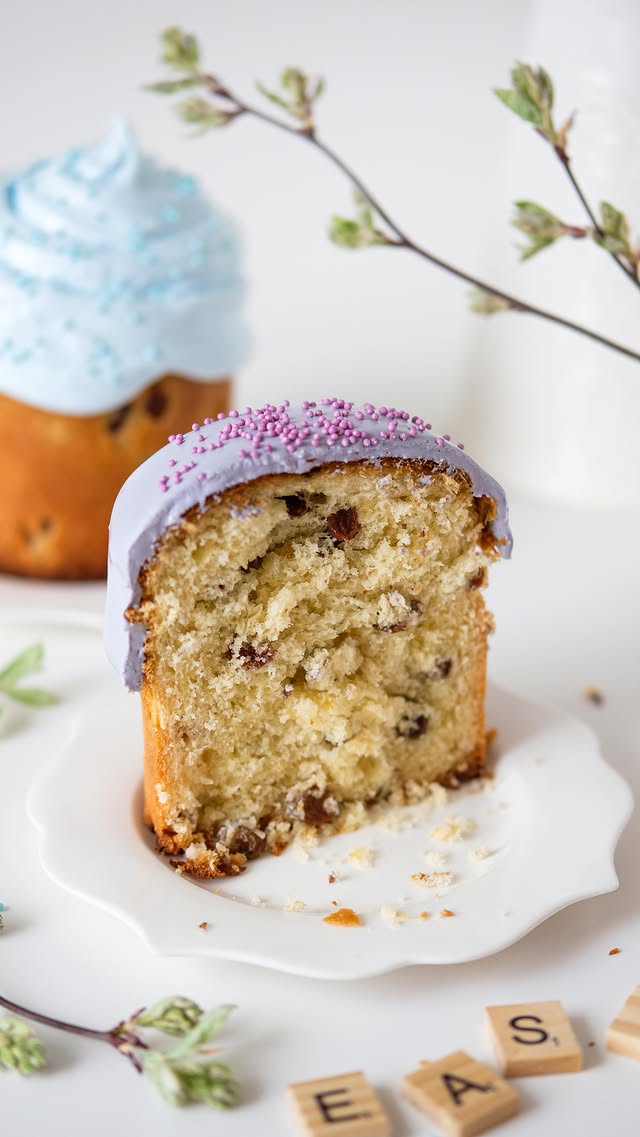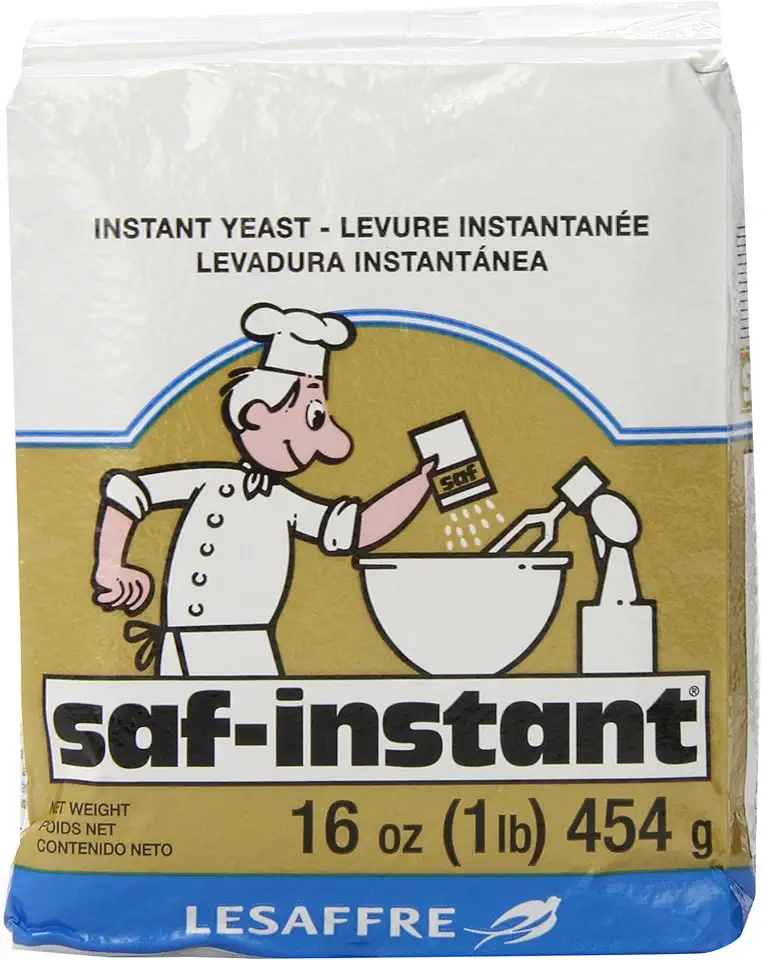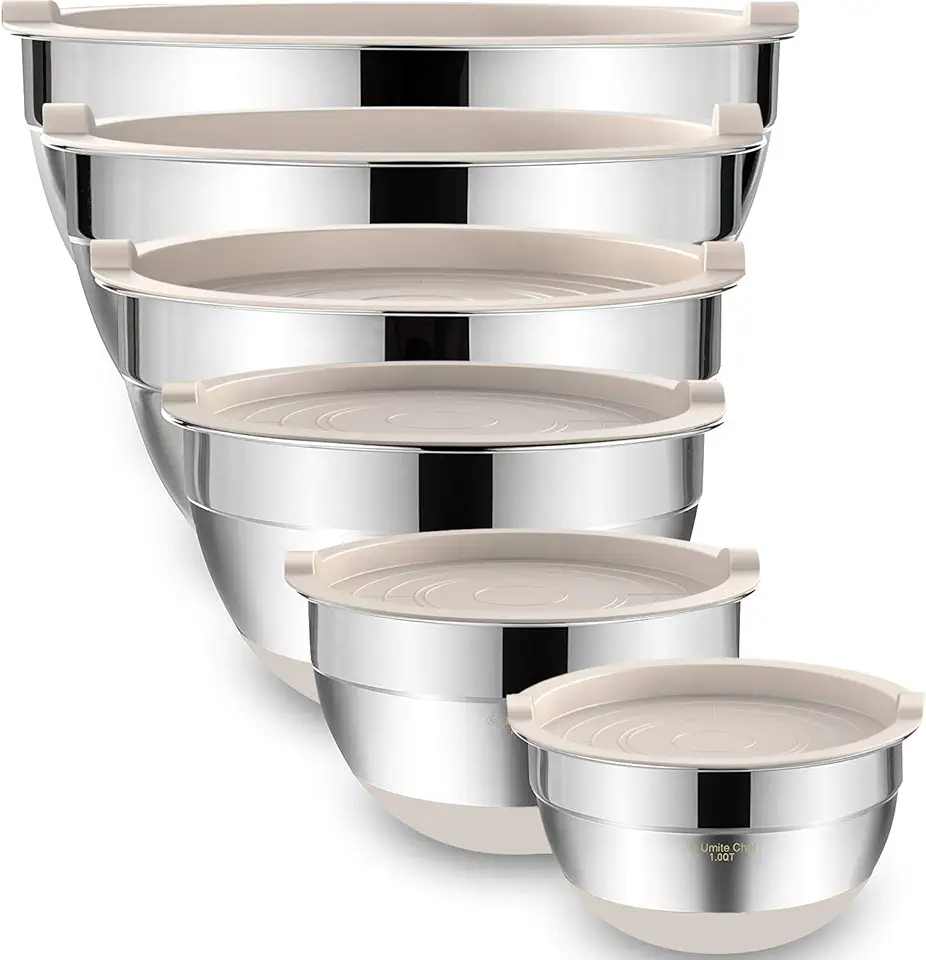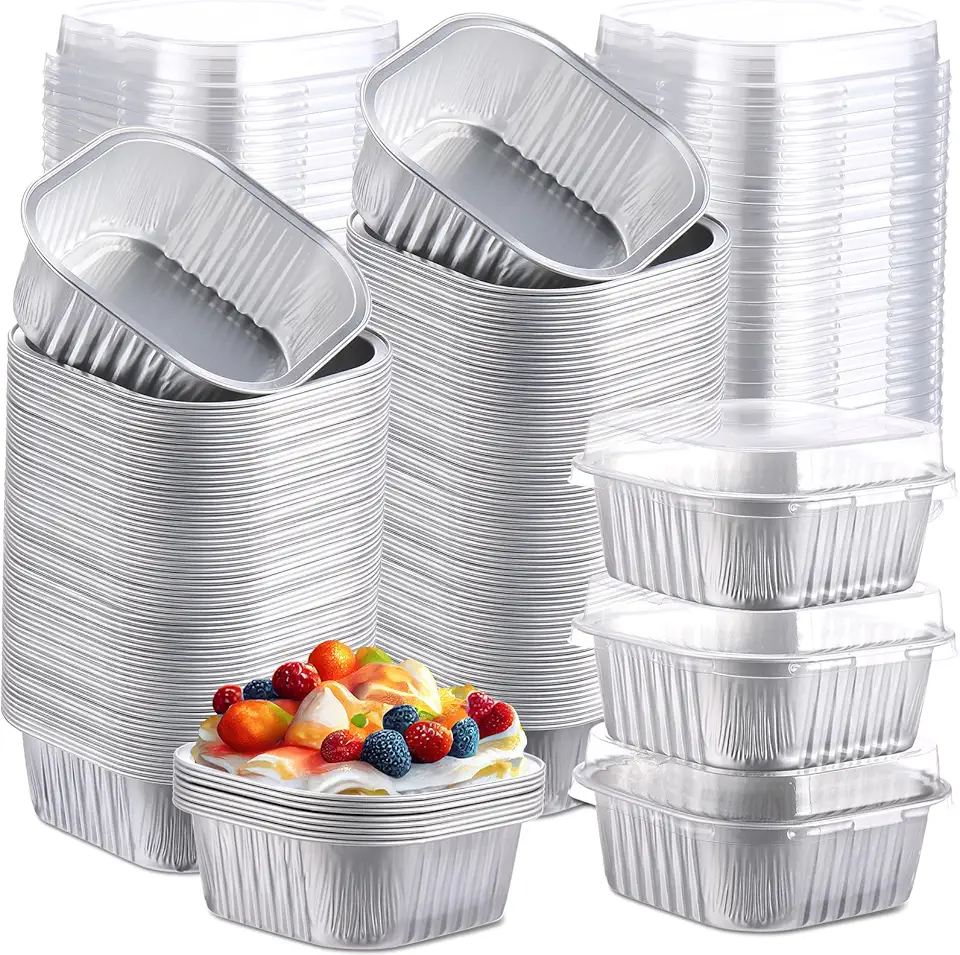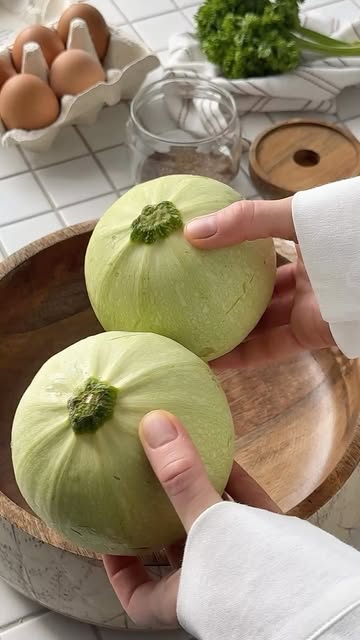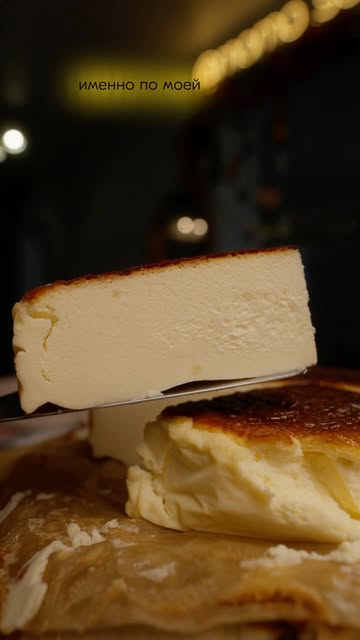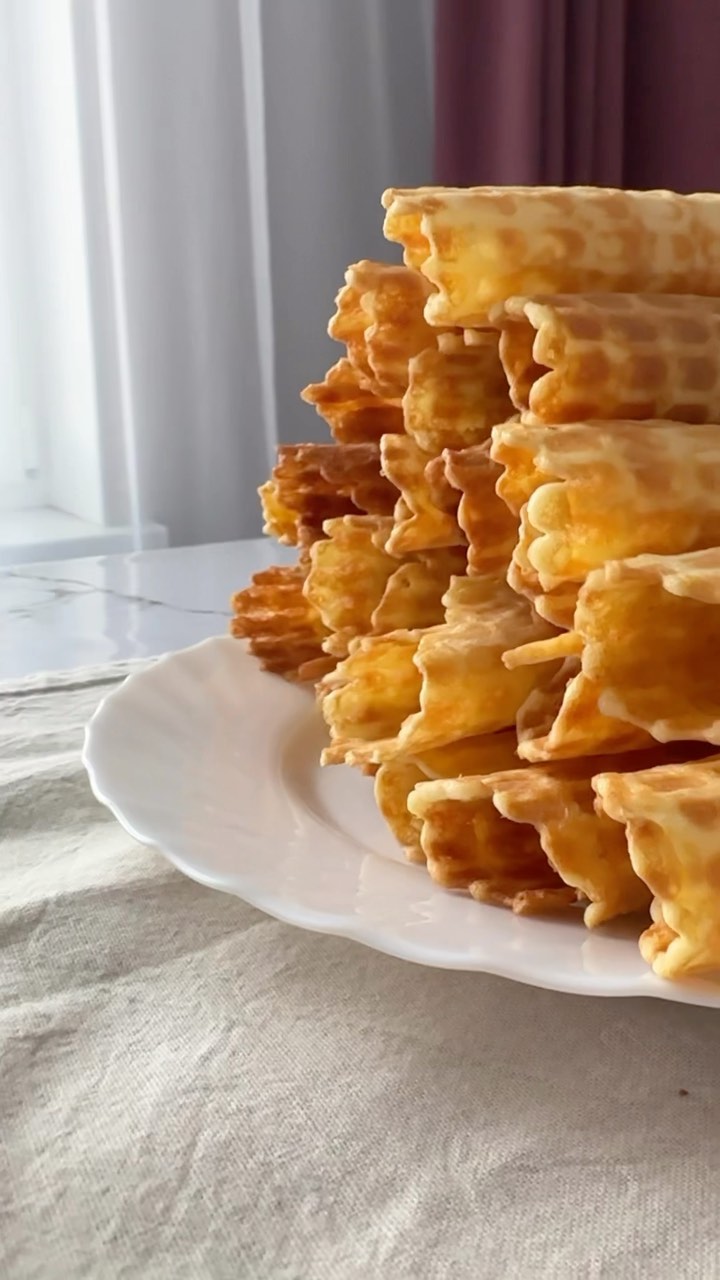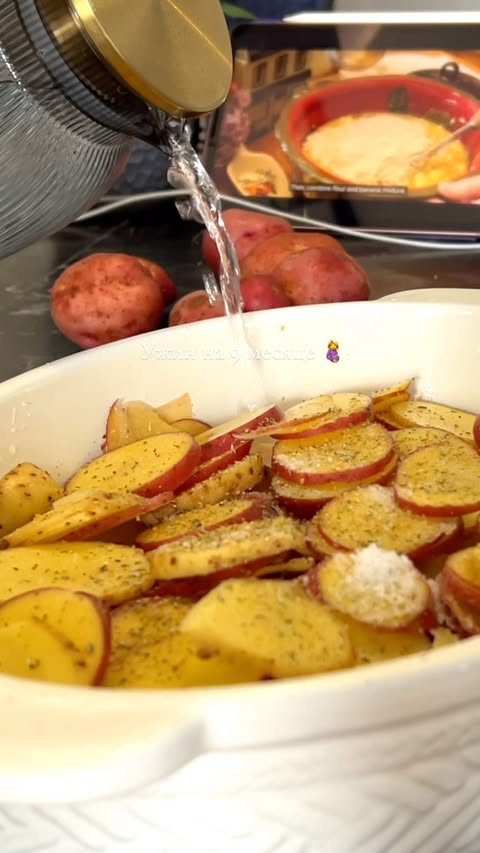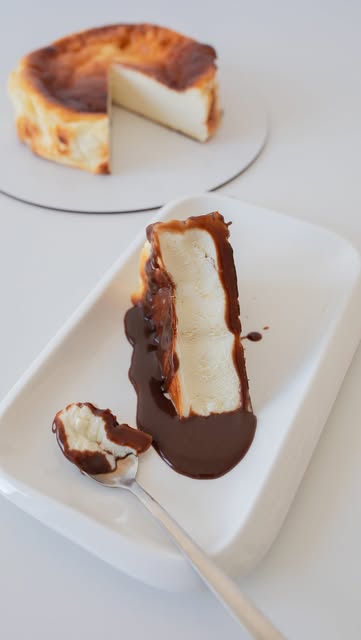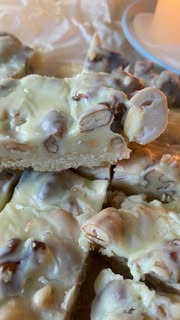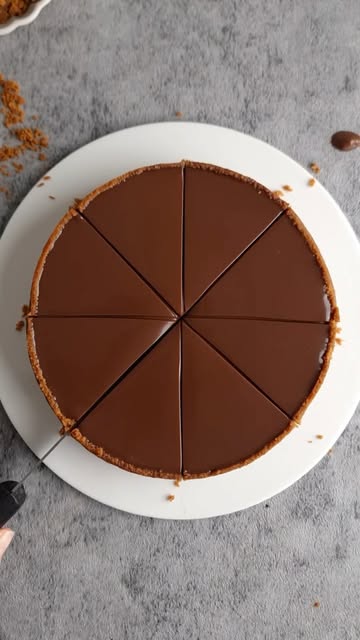Ingredients
Base Ingredients
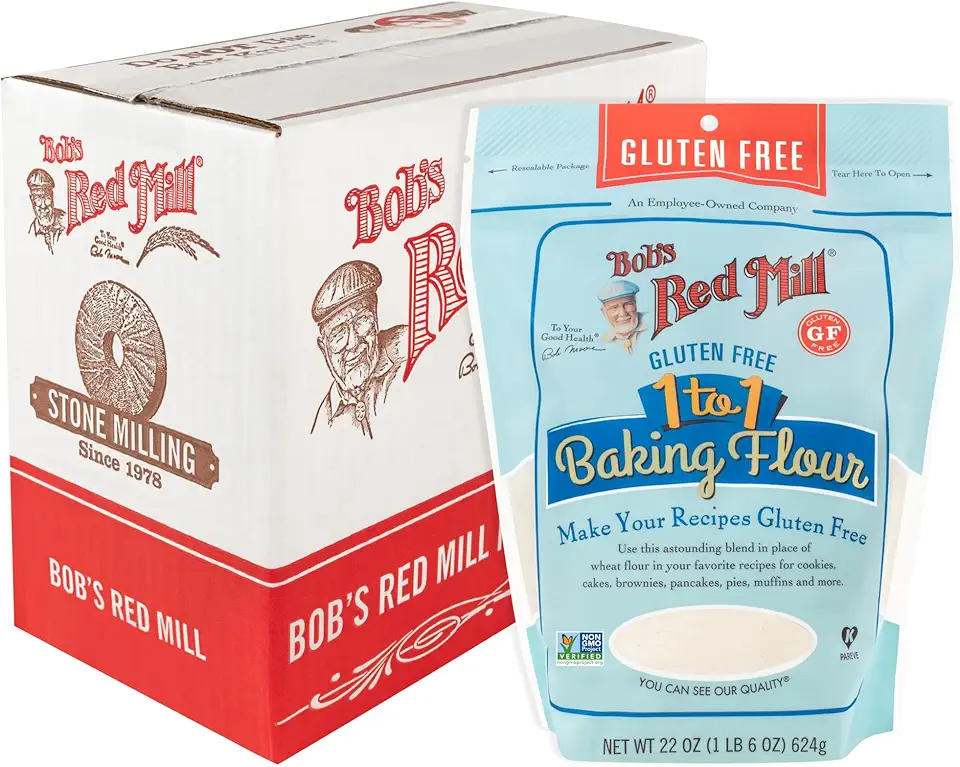 Bob's Red Mill Gluten Free 1-to-1 Baking Flour, 22 Ounce (Pack of 4)
$23.96
View details
Prime
Bob's Red Mill Gluten Free 1-to-1 Baking Flour, 22 Ounce (Pack of 4)
$23.96
View details
Prime
 Antimo Caputo Chefs Flour - Italian Double Zero 00 - Soft Wheat for Pizza Dough, Bread, & Pasta, 2.2 Lb (Pack of 2)
$16.99
View details
Prime
best seller
Antimo Caputo Chefs Flour - Italian Double Zero 00 - Soft Wheat for Pizza Dough, Bread, & Pasta, 2.2 Lb (Pack of 2)
$16.99
View details
Prime
best seller
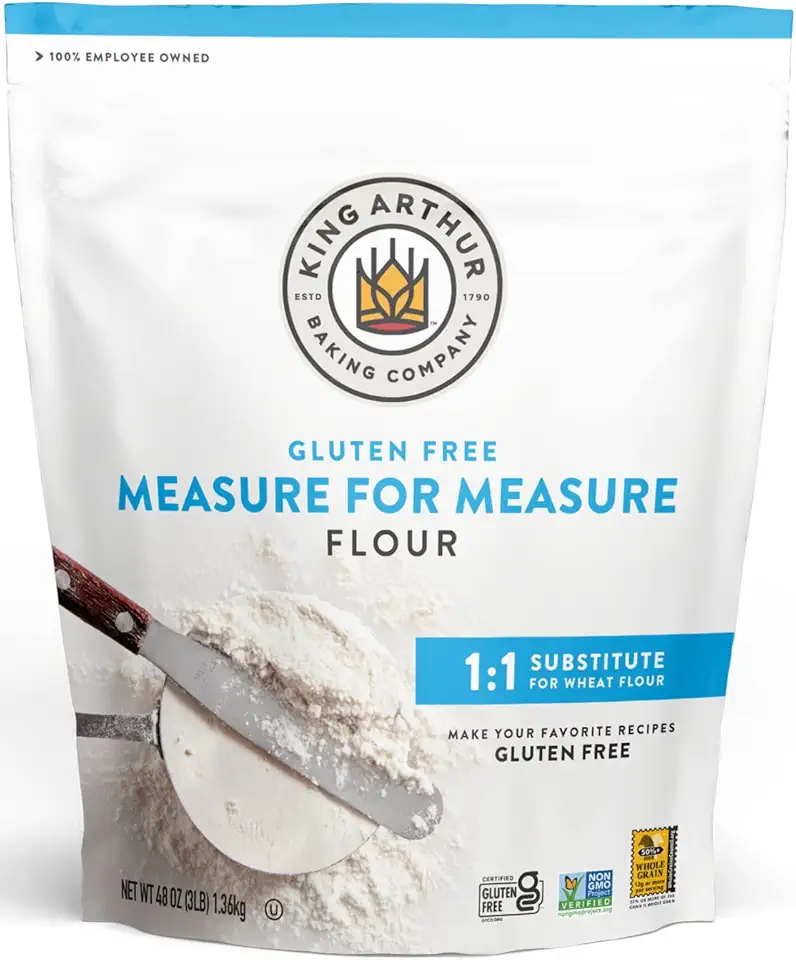 King Arthur, Measure for Measure Flour, Certified Gluten-Free, Non-GMO Project Verified, Certified Kosher, 3 Pounds, Packaging May Vary
$8.62
View details
King Arthur, Measure for Measure Flour, Certified Gluten-Free, Non-GMO Project Verified, Certified Kosher, 3 Pounds, Packaging May Vary
$8.62
View details
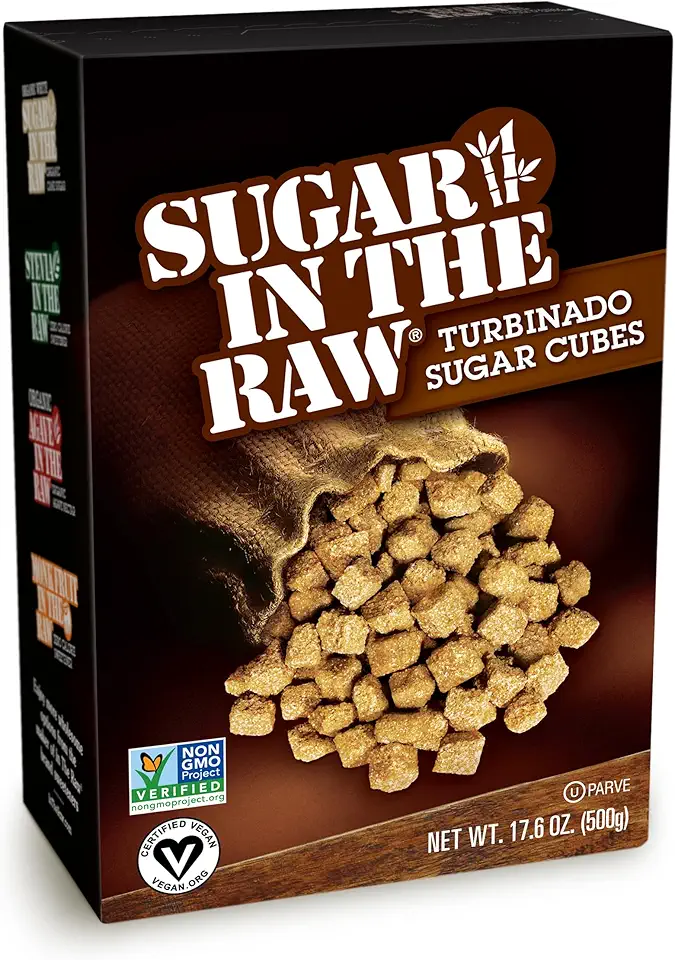 Sugar In The Raw Granulated Turbinado Cane Sugar Cubes, No Added Flavors or erythritol, Pure Natural Sweetener, Hot & Cold Drinks, Coffee, Vegan, Gluten-Free, Non-GMO,Pack of 1
$5.27
View details
Prime
Sugar In The Raw Granulated Turbinado Cane Sugar Cubes, No Added Flavors or erythritol, Pure Natural Sweetener, Hot & Cold Drinks, Coffee, Vegan, Gluten-Free, Non-GMO,Pack of 1
$5.27
View details
Prime
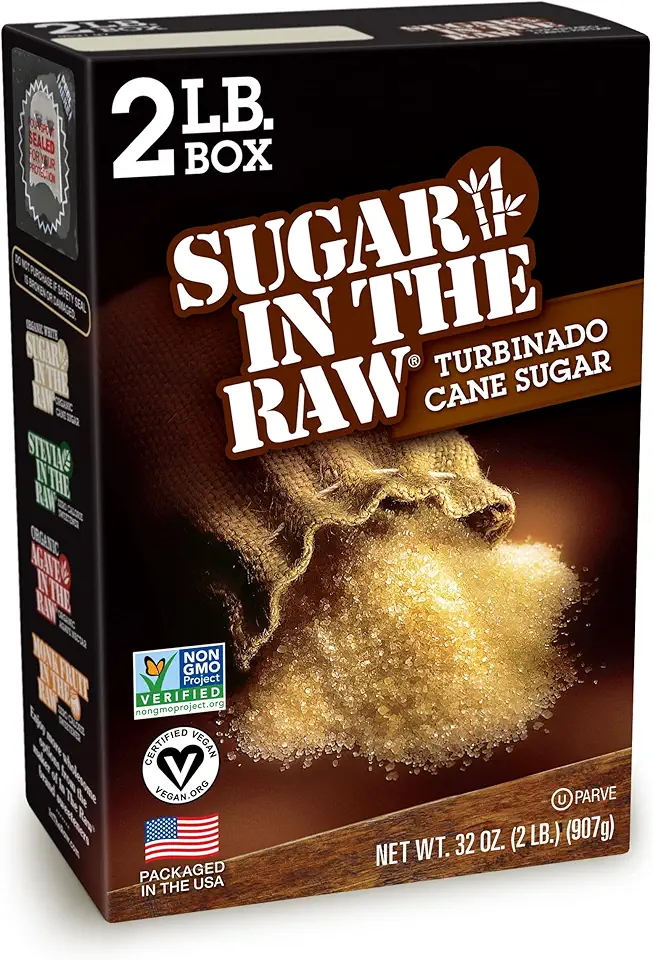 Sugar In The Raw Granulated Turbinado Cane Sugar, No Added Flavors or erythritol, Pure Natural Sweetener, Hot & Cold Drinks, Coffee, Baking, Vegan, Gluten-Free, Non-GMO, Bulk Sugar, 2lb Bag (1-Pack)
$3.74
$4.14
View details
Prime
Sugar In The Raw Granulated Turbinado Cane Sugar, No Added Flavors or erythritol, Pure Natural Sweetener, Hot & Cold Drinks, Coffee, Baking, Vegan, Gluten-Free, Non-GMO, Bulk Sugar, 2lb Bag (1-Pack)
$3.74
$4.14
View details
Prime
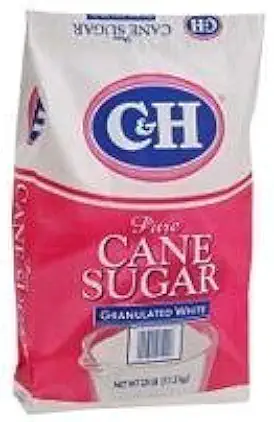 C&H Pure Cane Granulated White Sugar, 25-Pound Bags
$56.99
$49.98
View details
C&H Pure Cane Granulated White Sugar, 25-Pound Bags
$56.99
$49.98
View details
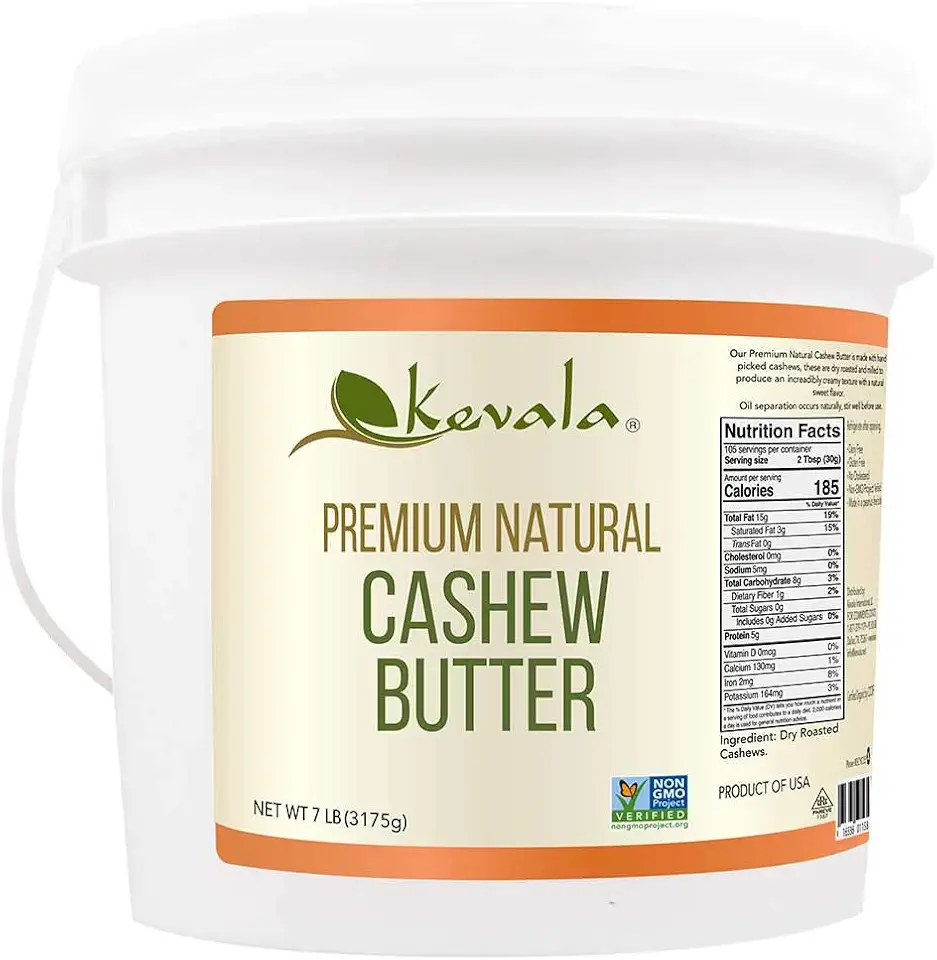 Kevala Cashew Butter 7 Lbs Pail
$83.62
View details
Prime
best seller
Kevala Cashew Butter 7 Lbs Pail
$83.62
View details
Prime
best seller
 4th & Heart Original Grass-Fed Ghee, Clarified Butter, Keto, Pasture Raised, Lactose and Casein Free, Certified Paleo (9 Ounces)
$11.49
View details
Prime
4th & Heart Original Grass-Fed Ghee, Clarified Butter, Keto, Pasture Raised, Lactose and Casein Free, Certified Paleo (9 Ounces)
$11.49
View details
Prime
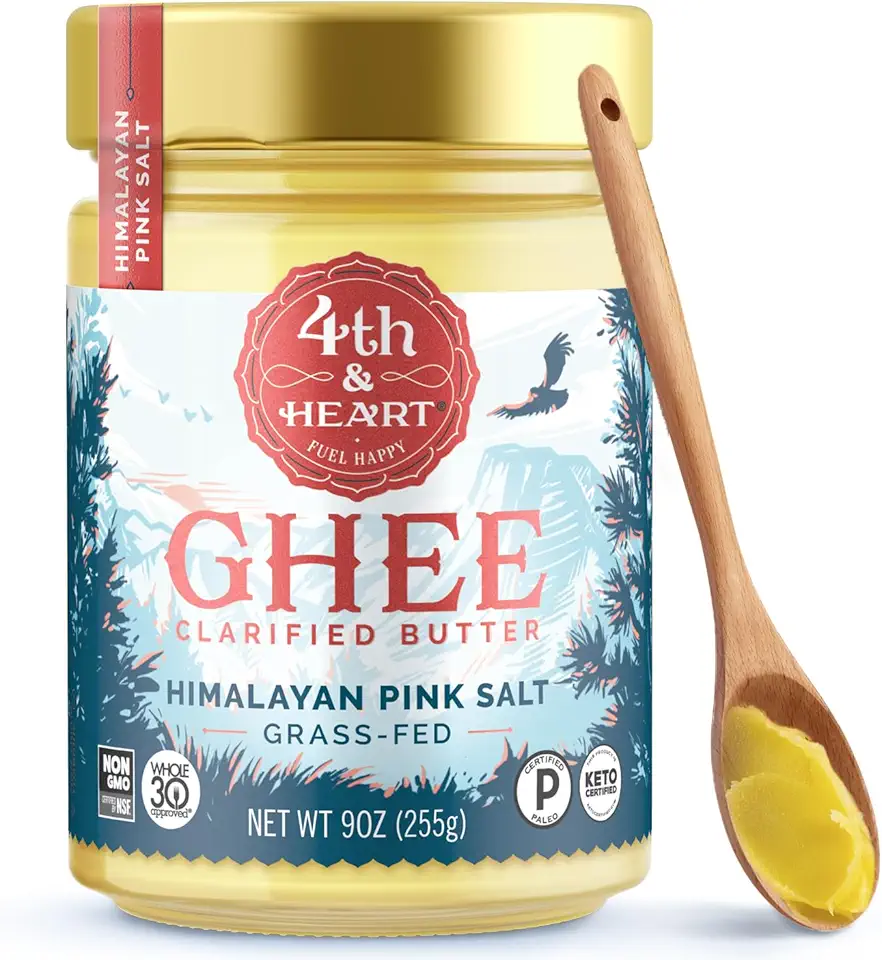 4th & Heart Himalayan Pink Salt Grass-Fed Ghee, Clarified Butter, Keto Pasture Raised, Non-GMO, Lactose and Casein Free, Certified Paleo (9 Ounces)
$9.49
View details
4th & Heart Himalayan Pink Salt Grass-Fed Ghee, Clarified Butter, Keto Pasture Raised, Non-GMO, Lactose and Casein Free, Certified Paleo (9 Ounces)
$9.49
View details
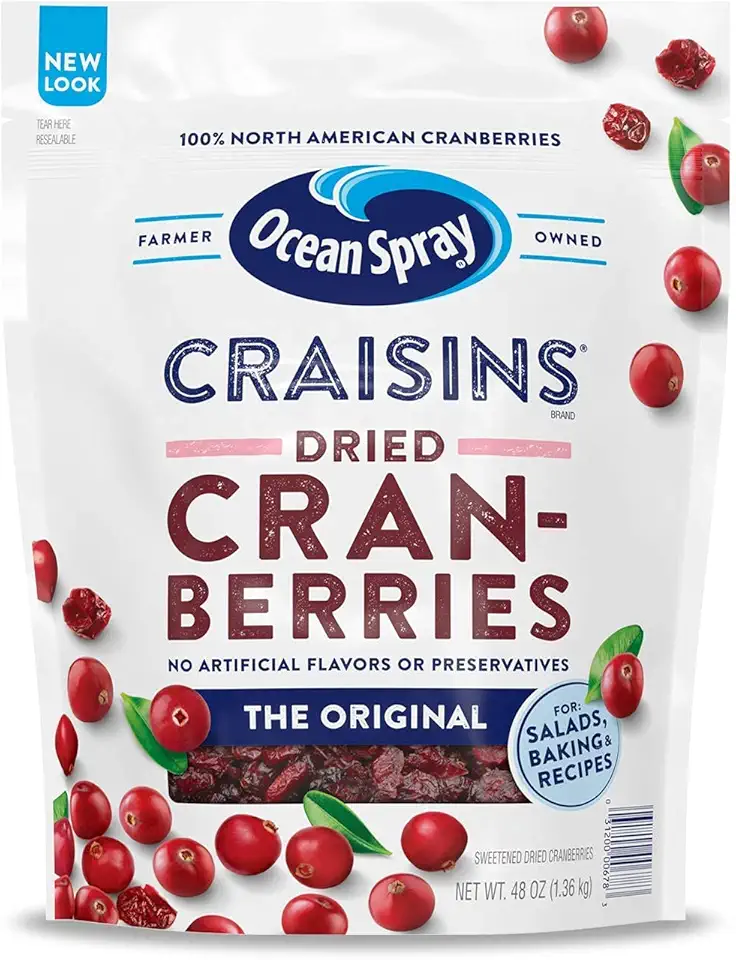 Ocean Spray Craisins Dried Cranberries, Original, 48 Ounce
$7.62
View details
Prime
Ocean Spray Craisins Dried Cranberries, Original, 48 Ounce
$7.62
View details
Prime
 Sun-Maid Organic California Sun-Dried Raisins - 32 oz Resealable Bag - Organic Dried Fruit Snack for Lunches, Snacks, and Natural Sweeteners
$10.93
View details
Prime
Sun-Maid Organic California Sun-Dried Raisins - 32 oz Resealable Bag - Organic Dried Fruit Snack for Lunches, Snacks, and Natural Sweeteners
$10.93
View details
Prime
 Food to Live California Organic Raisins, 8 Pounds – Thompson Seedless Select, Sun-Dried, Non-GMO, Kosher, Unsulphured, Bulk, No Oil Added
$59.20
View details
Food to Live California Organic Raisins, 8 Pounds – Thompson Seedless Select, Sun-Dried, Non-GMO, Kosher, Unsulphured, Bulk, No Oil Added
$59.20
View details
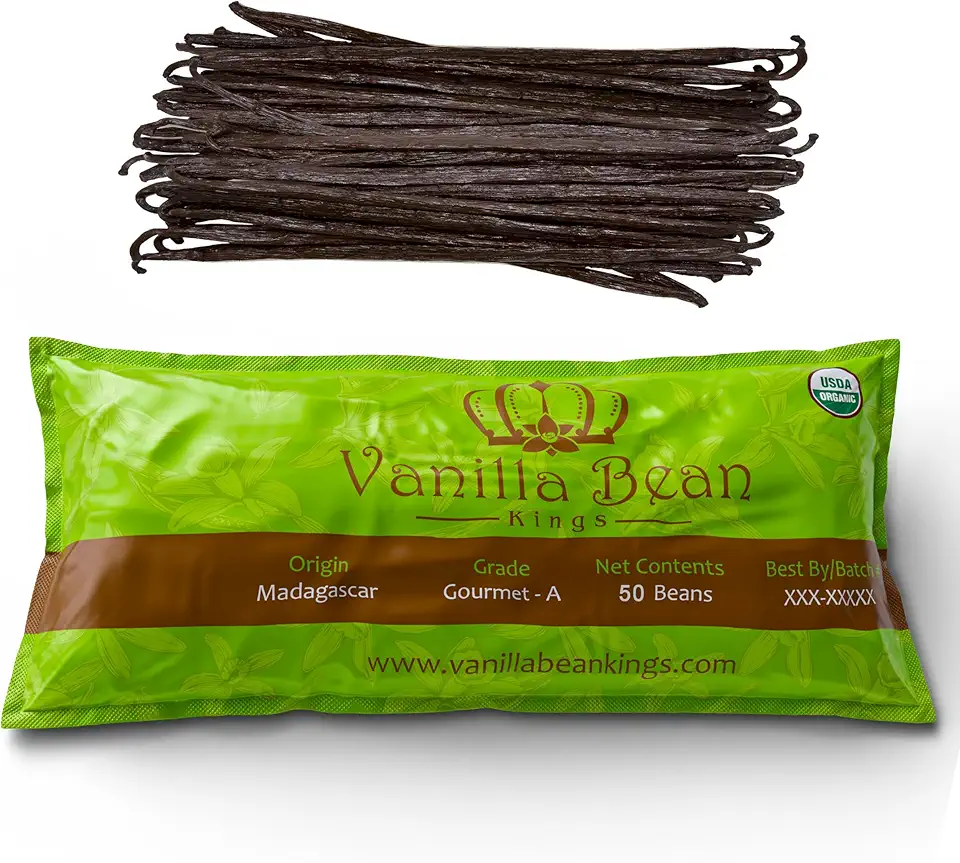 50 Organic Madagascar Vanilla Beans. Whole Grade A Vanilla Pods for Vanilla Extract and Baking
$39.99
View details
Prime
50 Organic Madagascar Vanilla Beans. Whole Grade A Vanilla Pods for Vanilla Extract and Baking
$39.99
View details
Prime
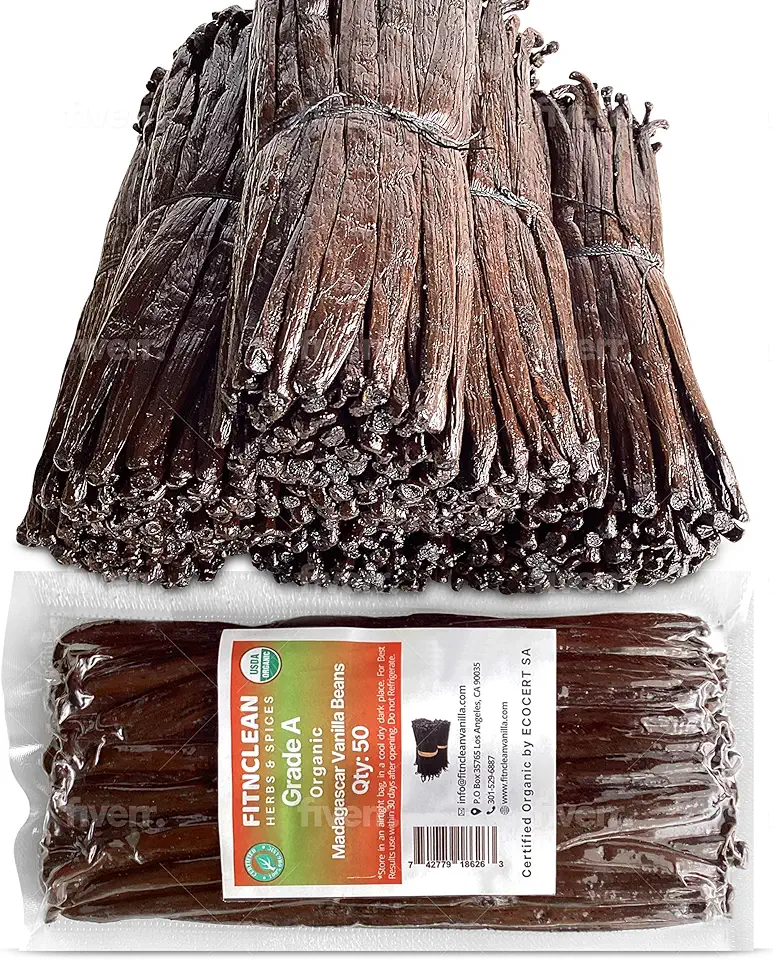 50 Organic Grade A Madagascar Vanilla Beans. Certified USDA Organic for Extract and all things Vanilla by FITNCLEAN VANILLA. ~5" Bulk Fresh Bourbon NON-GMO Pods.
$37.99
View details
Prime
50 Organic Grade A Madagascar Vanilla Beans. Certified USDA Organic for Extract and all things Vanilla by FITNCLEAN VANILLA. ~5" Bulk Fresh Bourbon NON-GMO Pods.
$37.99
View details
Prime
 Nielsen-Massey Madagascar Bourbon Pure Vanilla Extract for Baking and Cooking, 4 Ounce Bottle
$19.95
View details
Nielsen-Massey Madagascar Bourbon Pure Vanilla Extract for Baking and Cooking, 4 Ounce Bottle
$19.95
View details
Instructions
Step 1
Ensure all ingredients are at *room temperature* before you start. Prepare the raisins by soaking them in boiling water and then in brandy for a few hours. Drain any excess liquid and dry with a paper towel. This step can enhance the flavor of the raisins significantly.
Step 2
Add *yeast*, 1 tablespoon of *sugar*, and 3-4 tablespoons of *flour* to warm (not hot) cream. Stir the mixture until it reaches the consistency of liquid sour cream. Cover with plastic wrap and place in a warm area until it rises significantly, which should take around 20 minutes depending on the temperature.
Step 3
Beat the *egg yolks* with *sugar* and *salt* at medium-high speed until the mixture lightens in color. Gradually incorporate *softened butter* until fully combined. Then, mix in the prepared sponge using medium speed.
Slowly add flour and knead to form a homogeneous dough. Use a hand mixer with a dough hook attachment to help gather the dough, which will be quite elastic. Cover the mixing bowl with plastic wrap and let the dough rise until it has doubled or tripled in size, about 1.5-2 hours.
Step 4
Once the dough has risen, incorporate the *raisins* by gently kneading them into the dough. Divide the dough between two 10-11 cm (4 inches) molds, filling each about one-third to one-half full. Let the dough rise again until doubled in size.
Bake in a preheated oven at *180°C (355°F)* for approximately 40 minutes. Check for doneness with a wooden skewer. If the top begins to brown too quickly, cover with foil, but this might not be necessary.
Step 5
Allow the freshly baked bread to cool before covering it with your preferred glaze. Enjoy this delightful traditional Easter bread, which stays fresh and delicious for several days.
Servings
Equipment
You'll need a couple of these in different sizes. Opt for ones with a non-slip base to avoid any spillage mishaps.
Essential for combining ingredients smoothly without the arm workout. Make sure your hooks are clean to prevent any residue interruptions.
Use 10-11 cm tins for that classic bread shape. Non-stick ones are a plus, but a little butter can work wonders for greased alternatives.
Helps the dough rise without drying out. Keep it handy!
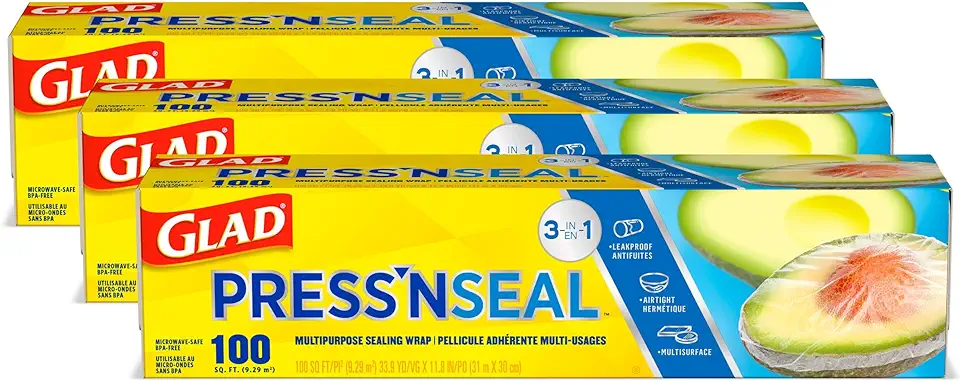 Glad® Press'n Seal® Plastic Food Wrap - 100 Square Foot Roll - 3 Pack (Package May Vary)
$12.72
$14.97
View details
Prime
best seller
Glad® Press'n Seal® Plastic Food Wrap - 100 Square Foot Roll - 3 Pack (Package May Vary)
$12.72
$14.97
View details
Prime
best seller
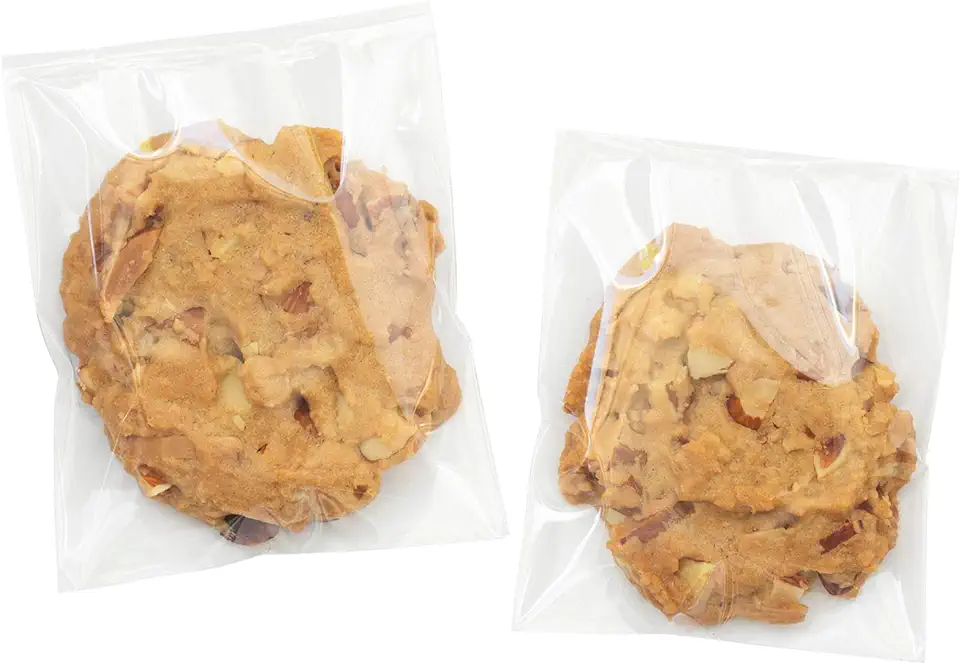 Morepack Clear Self Sealing Cellophane Bags,4x6 Inches 200 Pcs Cookie Bags Resealable Cellophane Bag for Packaging Cookies, Candy and Products
$7.21
$8.49
View details
Prime
Morepack Clear Self Sealing Cellophane Bags,4x6 Inches 200 Pcs Cookie Bags Resealable Cellophane Bag for Packaging Cookies, Candy and Products
$7.21
$8.49
View details
Prime
 Glad Press'n Seal Plastic Food Wrap - 70 Square Foot Roll
$4.49
$7.84
View details
Glad Press'n Seal Plastic Food Wrap - 70 Square Foot Roll
$4.49
$7.84
View details
The perfect tool for testing if your Easter breads are fully baked. Skewer through the center, if it comes out clean, you’re good to go!
 HOPELF 12" Natural Bamboo Skewers for BBQ,Appetiser,Fruit,Cocktail,Kabob,Chocolate Fountain,Grilling,Barbecue,Kitchen,Crafting and Party. Φ=4mm, More Size Choices 6"/8"/10"/14"/16"/30"(100 PCS)
$5.98
$9.99
View details
Prime
HOPELF 12" Natural Bamboo Skewers for BBQ,Appetiser,Fruit,Cocktail,Kabob,Chocolate Fountain,Grilling,Barbecue,Kitchen,Crafting and Party. Φ=4mm, More Size Choices 6"/8"/10"/14"/16"/30"(100 PCS)
$5.98
$9.99
View details
Prime
 400PCS Natural Bamboo Skewers, Φ=4mm - 12 Inch Wooden Skewers for BBQ, Appetizers, Fruit, Cocktail, Grilling, Kabob, Chocolate Fountain - Thick Skewer Sticks for Party, Kitchen, Craft, Bouquet
$13.99
View details
Prime
400PCS Natural Bamboo Skewers, Φ=4mm - 12 Inch Wooden Skewers for BBQ, Appetizers, Fruit, Cocktail, Grilling, Kabob, Chocolate Fountain - Thick Skewer Sticks for Party, Kitchen, Craft, Bouquet
$13.99
View details
Prime
 200 PCS 12inch Bamboo Skewers, Φ=4mm, Fruit Skewers | Wooden Skewers for Grilling Barbecue | Cocktail Picks for Drinks | Food Stick Organic Kitchen Gadget | Bbq Kabob Stick (UrbanAbode)
$9.99
$14.99
View details
200 PCS 12inch Bamboo Skewers, Φ=4mm, Fruit Skewers | Wooden Skewers for Grilling Barbecue | Cocktail Picks for Drinks | Food Stick Organic Kitchen Gadget | Bbq Kabob Stick (UrbanAbode)
$9.99
$14.99
View details
Variations
Faq
- What can I use if I don't have cream?
No worries! Substitute cream with 150 g of full-fat milk for similar results.
- How do I know when the dough has risen enough?
The dough should rise until it has increased by 2.5-3 times its original size, usually taking 1.5-2 hours.
- Can I use a stand mixer instead of a hand mixer?
Absolutely! Just make sure to use the dough hook attachment to achieve the best kneading results.
- How do I prevent the bread from becoming too dark on top?
If it looks like it is browning too quickly, tent with foil halfway through the baking process.
- What's the best way to store leftover Easter bread?
Keep it in an airtight container at room temperature. If it needs to last longer, store it in the fridge or freeze it for later enjoyment.
- Why did my bread turn out dense rather than light and airy?
This could be due to under-proofing the dough or using ingredients that were too cold. Be sure ingredients are at room temperature, and give the dough ample time to rise.

